Bramayugam director Rahul Sadasivan: Any filmmaker with a unique subject can always approach Mammootty | Exclusive
Bramayugam director Rahul Sadasivan talks about the craft behind his latest Mammootty-starrer, choosing horror as the genre to tell the story and more
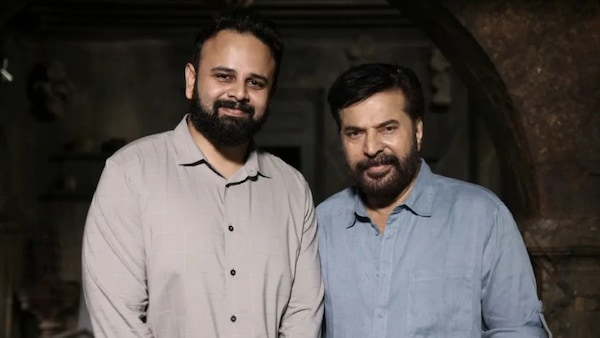
Rahul Sadashivan and Mammootty
Last Updated: 10.39 AM, Feb 16, 2024
With Bramayugam, director Rahul Sadasivan has firmly established that he is another exciting talent to look forward to from Malayalam cinema. The supernatural horror film, which has Mammootty, Arjun Ashokan and Sidharth Bharathan in the lead, uses its genre and its experimental elements – including its black-and-white format – to tell a pertinent story about power and oppression.
In a candid interview with OTTplay, Rahul opens up about executing his vision, how having Mammootty onboard to play the diabolical Kodumon Potti helped the film and more.
Was the biggest takeaway from your debut film Red Rain, which was a sci-fi venture, that an experimental film has to be localised for the audience to truly connect with the content? Because Bramayugam is as rooted as they come.
Yes, definitely. When a movie has to reach a wider audience, it has to touch all kinds of emotions. That’s the only way a film works. Even in my previous film Bhoothakaalam, I was sure that the horror elements would work only if the emotions did. In Bramayugam, we are travelling through the perspective of Arjun Ashokan’s character; so, it had to be well rooted for everything else that is happening around him to work. I focused on all those emotions and piggybacked on that.
The idea of making the entire film in black and white – was it to keep it minimal so you could focus on those raw emotions of the characters, who are either evil or good; or who starts out good and ends up on the other side. So, was it just a visual experiment or was there a meta layer to it?
It was just a format that I wanted to try out to tell the story. But when you look at it, there are shades of black and white in each character. They are good people and then towards the end, they turn out to be something else. So, there might be another underlying layer like you mentioned now, which gets slowly revealed.
Bramayugam is about power and how it corrupts even the oppressed who become powerful, and this is shown through each of its characters including the chaathan. Why did you choose horror as the genre to tell the subject?
My previous film also was an allegory for grief, depression and loneliness. In this too, horror is just a metaphor. It’s a political movie disguised as a horror film. The theme is about how power corrupts everyone; I just chose this genre to tell the story.
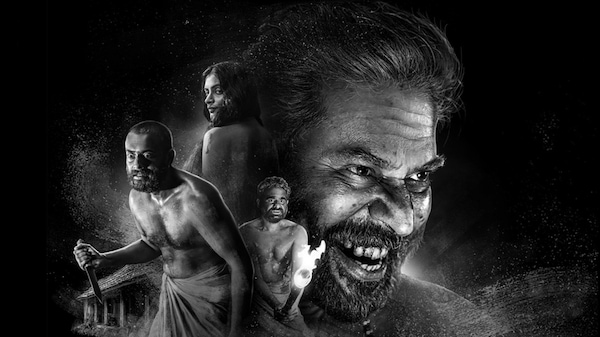
But doesn’t horror also just cater to a limited audience, especially when you have decided to make it in black and white?
I think it’s just us filmmakers fleshing out our ideas. We never know what works and what doesn’t. I tried and crafted it in a way that it can be suited in a commercial format, while also having artistic value to it with great performances. I have designed this film for theatrical experience, unlike Bhoothakaalam which was for OTT.
I wanted to tell the story keeping in mind that I might not cater to a wider audience because how I am saying it is through horror; but because Mammukka is in it, it automatically attracts the audience. So, all of that has to fall in place.
You also need the confidence to be sure that you can pull it off. Where did that come from?
From the massive effort I put in while writing the film. I take a lot of time to write. Bramayugam was scripted even before Bhoothakaalam. Every transition in this film, every edit cut – all of that was designed in the script. Everything was put on paper first. For me to have that sort of confidence, I need to know what I am going to shoot before production starts.
For this time, production-wise, it was just three months of shoot and two-and-a-half months of post-production work. But the pre-production work lasted one-and-a-half years. In Malayalam cinema, we don’t have the liberty for such lengthy pre-production work including storyboarding and dialogue corrections. I was able to do that only because of the support of producers such as Chakravarthy Ramachandra sir and Sashikanth sir. Even for Bhoothakaalam, I had the blessing of having Anwar Rasheed. It’s important to have producers’ support to execute the vision. Even now, the support they are giving us is insane.
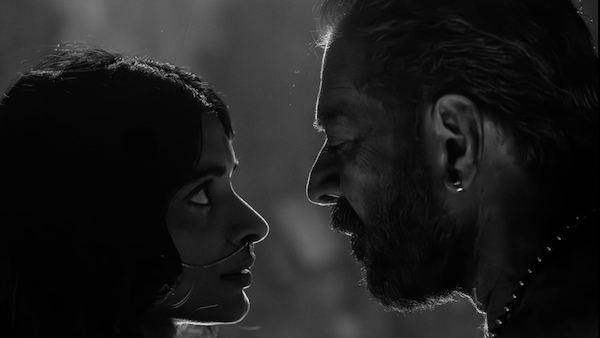
Bramayugam is also a concept-heavy film – where there are supernatural and period elements and people losing track of time – and that makes it easy for a filmmaker to explore most of the possibilities that it presents. How did you refrain from being self-indulgent and containing the story?
I think there’s a formula to it where you have set a certain pacing and stick to a particular narrative. Also, you only have three characters and the idea is how to balance all those moments with just these characters. It’s not that I just wanted to limit myself with these three characters but they were all I needed to tell this story. I think all of that just happens in the scripting stage when you go with the flow. You have plot points in mind and in the first 10 minutes, you need to have an inciting incident. So, the structure has to be perfect. The dialogues and everything are just the cherry on top.
Apart from the cinematography that set the atmosphere for Bramayugam, it also depended a lot on the sonic elements. How involved were you in creating the soundscape?
Heavily. For instance, the song of kalan kozhi (mottled wood owl) was there in the script; it’s the same for the sound in the transitions for night to day. I had used that in Bhoothakaalam too. So, design-wise too, my script is extremely descriptive and it becomes easier for my other HODs including that of sound to work. All I needed to check then was if a particular sound worked better than another.
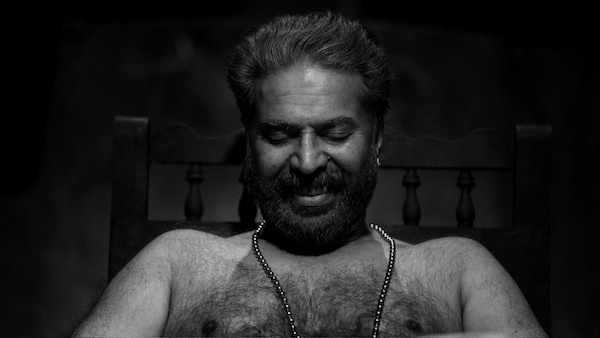
Then there’s the performance element. Both Arjun Ashokan and Sidharth Bharathan said that there weren’t too many improvisations that they could make because you had clearly defined the character and the setting. But with Mammootty, it would have been different. How did his suggestions improve what you had written?
That’s where I feel I am a little blessed for choosing a horror genre. Mammukka hasn’t done too many horror films. When I tell him a scene, he puts his own spin on it, which almost always makes me happy. If he has any confusion, he would ask me and when I give him clarity, he is all good with that. He puts effort into every scene and gives a performance that is always a level above what you have in mind. There was a space where both of us could improvise. There were so many scenes where he performed exactly what was scripted and then were others where his performance was much better.
The Malayalam audience are not appreciative of all kinds of films that Mammootty is part of, in the sense that their expectations of a film take a backseat and they truly try to understand the craft, performance and content. As filmmakers, does that give you confidence to go ahead to do what you want, rather than stick to certain templates of a superstar-driven film?
Definitely. He’s the only actor who is backing experimental ideas. Any filmmaker with a unique subject can always approach him. He is very open to that. Our industry is blessed to have a person like him who is receptive to new ideas and that’s because his view of world cinema is so updated.
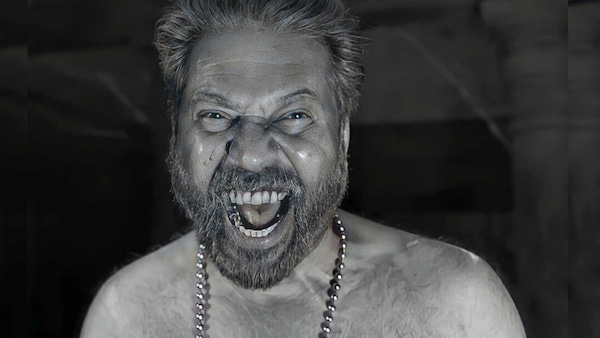
Are there any filmmakers that have influenced your style of filmmaking?
There are many – I like movies by Satyajit Ray, Andrei Tarkovsky and Alfred Hitchcock. They are all pioneers of filmmaking and they stood out because they told unique stories. Cinema is an inspired art; it’s not ours, it came from the West. So, it’s hard not to get inspired.
So, what’s next after Bramayugam?
There is a good concept that I have to make time to write. It will take time and only be ready next year.

 Premium
Premium